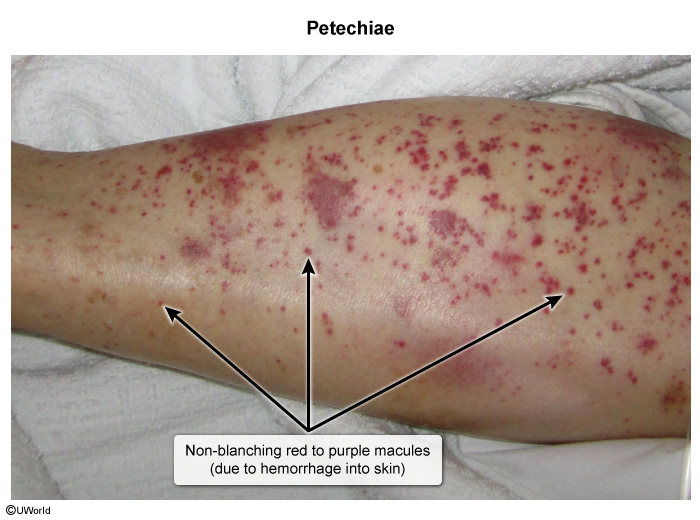Hemophilia A And B
Article Sections
Introduction
Hemophilia is a genetic disorder characterized by a deficiency in specific coagulation factors, leading to abnormal bleeding. The term hemophilia typically refers to the 2 most common coagulation factors affected: factor VIII (hemophilia A) and factor IX (hemophilia B). Patients develop bleeding patterns consistent with a disorder in secondary hemostasis (eg, delayed postsurgical bleeding, deep tissue bleeding).
Pathophysiology and risk factors
Hemostasis is a physiologic mechanism aimed at maintaining the integrity of the closed circulatory system. Following endothelial injury, a series of coordinated events occur to repair the loss of vascular integrity and prevent further bleeding:
- Vasoconstriction: Immediate narrowing of blood vessels occurs to reduce blood flow.
- Primary hemostasis (platelet plug formation): With the help of von Willebrand factor (Figure 1) (vWF), platelets adhere to the exposed subendothelial matrix and aggregate to form a temporary hemostatic plug, laying the foundation for formation of the fibrin clot.
Continue Learning with UWorld
Get the full Hemophilia A And B article plus rich visuals, real-world cases, and in-depth insights from medical experts, all available through the UWorld Medical Library.
Figures
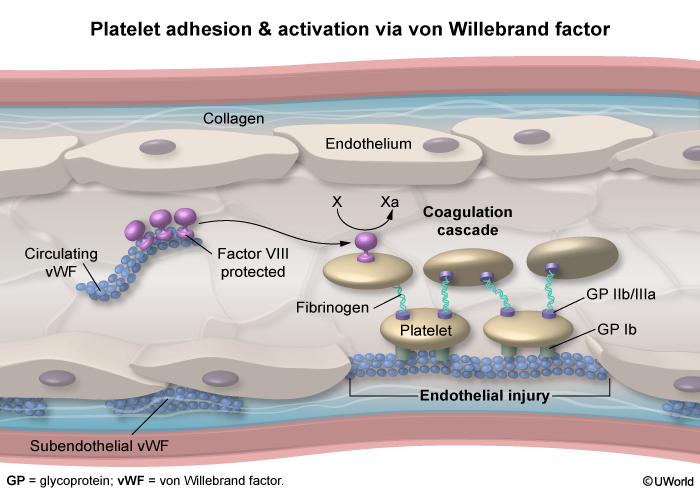
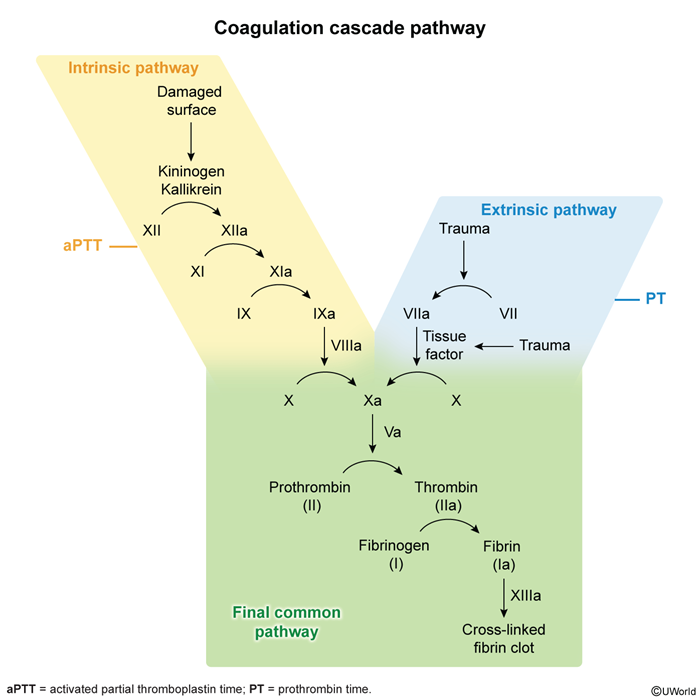
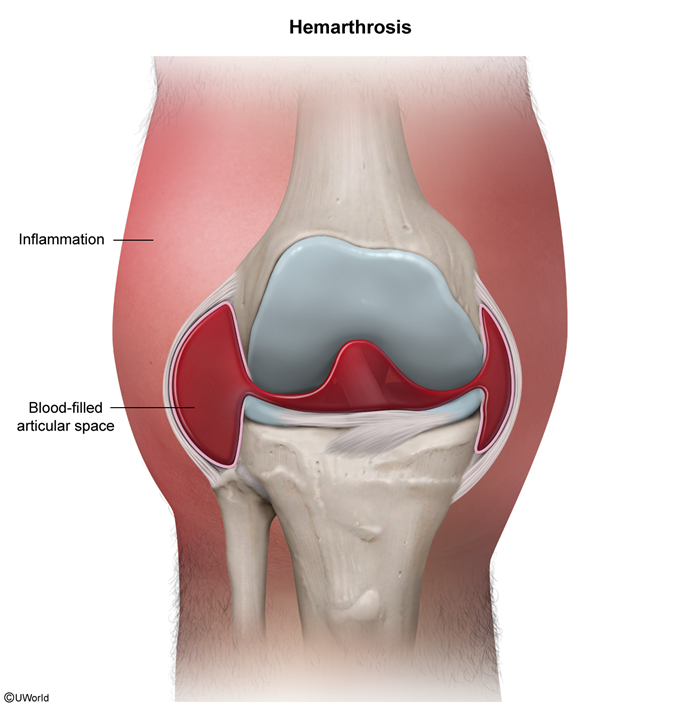
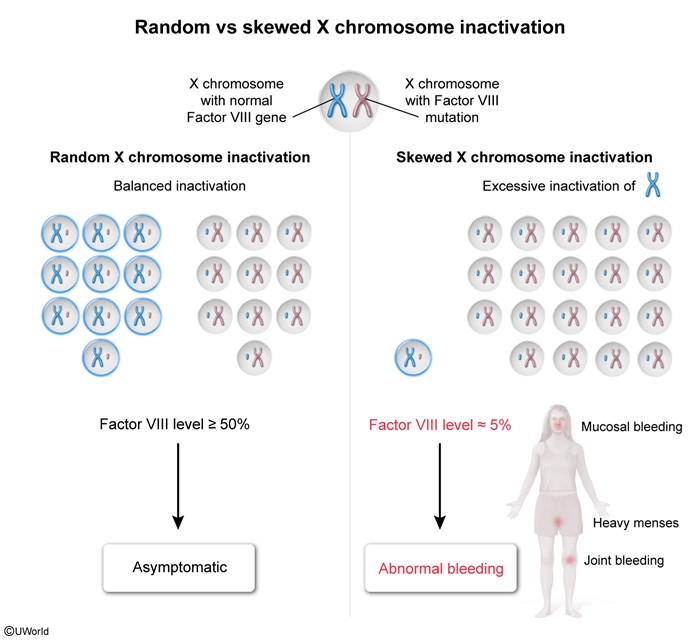
Images
